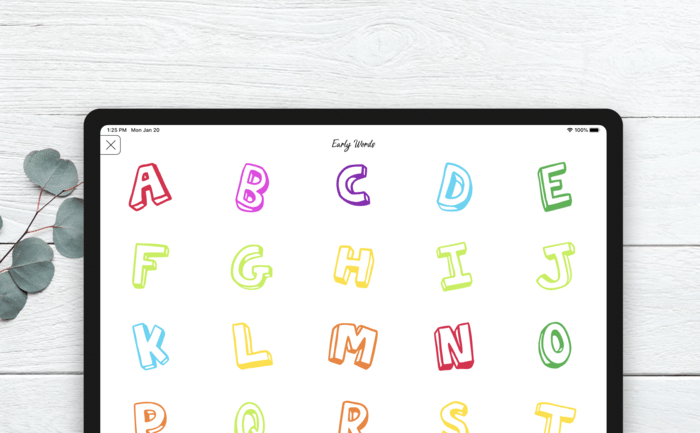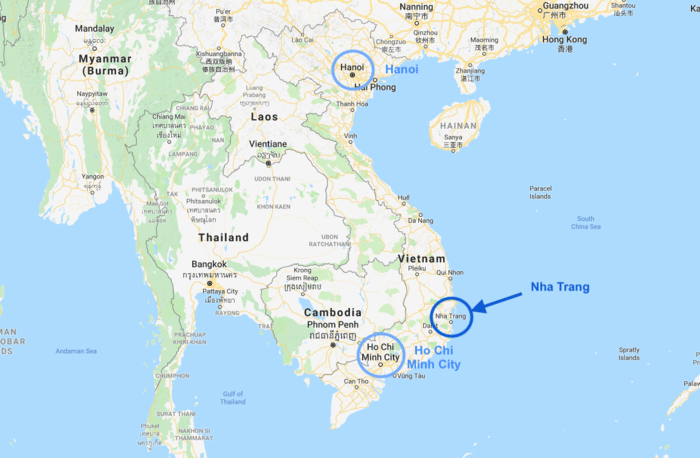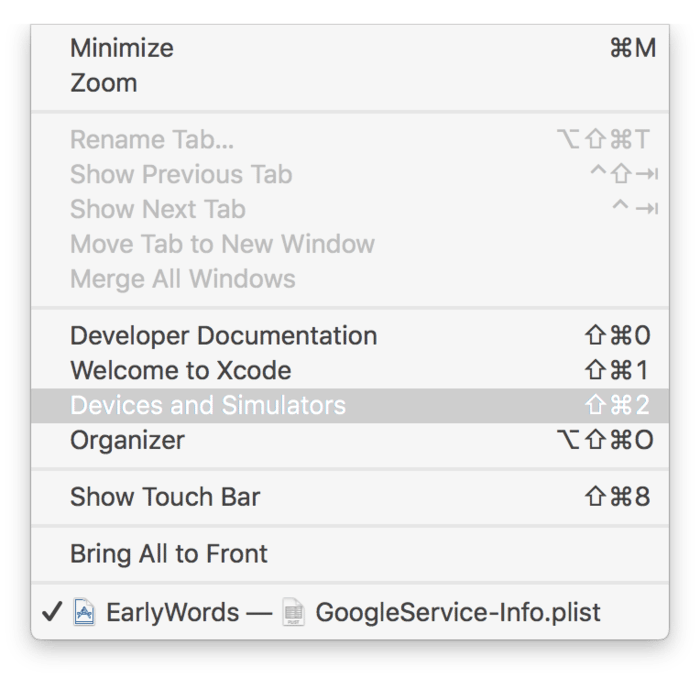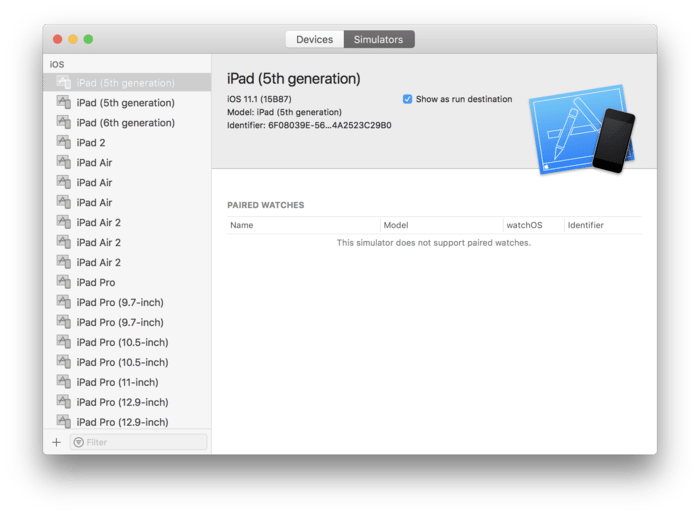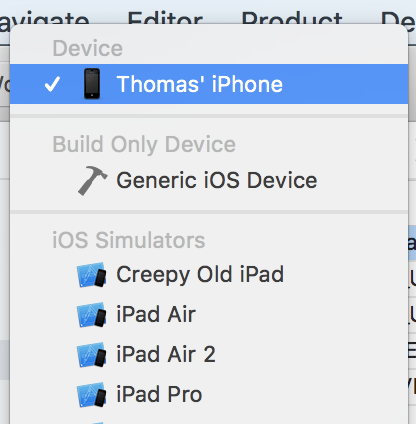WindCheck 2.4
Since my last post talking about the revival of the WindCheck EFB, WindCheck has come a long way.

The app now displays airport runways, airport diagrams, instrument procedure charts, a map, NOTAMs, TFRs, and much more.

WindCheck makes available for free some features that are traditionally premium such as interactive 3D runway previews. WindCheck packs lots of cool features, for example pilots can zoom into the map all the way down to the taxiways.

There’s a lot more coming for WindCheck. We have been focusing on performance and reliability lately before introducing more features. WindCheck is still missing some key features that everyone needs to plan their trip and pilots should expect those to be available soon.
As we develop WindCheck please contact us via the support link within the app to request features and report issues.
Find WindCheck EFB on the AppStore and follow...

